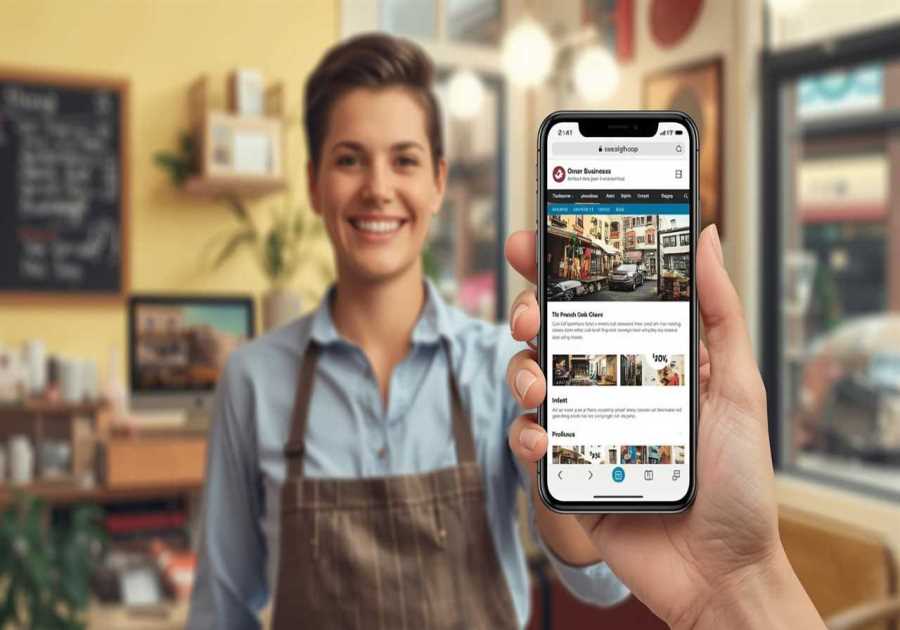
Search is changing fast. AI is eating up clicks, zero-click results are rising, and Google’s algorithm seems more unpredictable than ever. But in this chaos lies clarity—because the real winners are the ones who understand exactly what searchers want and deliver it better than anyone else.
In this article, I’ll walk you through timeless, AI-proof SEO tactics that still work in 2025, with real examples of how I’ve used them to rank #1 on Google. If you’re tired of guesswork and want a proven framework to win in modern SEO, keep reading.
1. Read the Clues: Google Tells You Everything
Every successful SEO strategy starts with intent.
Google gives you clear clues about what people care about—right in the "People Also Ask" box, the related searches, and now even in the AI Overviews.
Take this query: “Best running shoes for flat feet.”
- People Also Ask shows specific brands (Hoka, Brooks, OnCloud)
- Related Searches mention men vs. women, running vs. walking
- AI Overview mentions key features: arch support, cushioning, stability
Now check the #1 ranking article. It covers all those topics.
Why? Because it’s designed to solve every need the searcher has—nothing more, nothing less.
👉 Tactic: Before you write, map out everything Google is already revealing about the query. Don’t guess—reverse engineer.
2. Wake Up Sleeper Content
Sleeper content is one of the easiest wins in SEO.
These are old pages that used to rank, but slipped over time. They’re not dead—they’re just dormant. And with the right updates, you can revive them and see traffic returns in days.
✅ Three Attributes of Sleeper Content:
- It has enough links to compete (check via Ahrefs or SEMrush)
- It ranked well in the past but lost positions (check keyword history)
- It has a clear content issue—like outdated info or poor UX
Example: A Stanford.edu page that dropped in traffic had good links, but hadn't been updated in years and read like a textbook. The fix? Rewrite it with better structure, updated info, and user-friendly formatting.
👉 Tactic: Use SEO tools to find and revive your old winners before starting from scratch.
3. Frontload Linkable Points
If you want backlinks without outreach, you need to frontload linkable points—right at the top of your content.
These are things like:
- Surprising stats
- Key takeaways
- Insightful quotes
- Visual summaries
Why? Because people link to things that make their content look credible.
Example: Our post on SEO stats frontloaded juicy stats like “68% of online experiences begin with search”—and got thousands of links just from people quoting those numbers.
👉 Tactic: Put your most link-worthy nuggets at the top where they’re impossible to miss.
4. Turn Data into Shareable Images
One of the sneakiest ways to earn passive backlinks is to turn your best insights into visuals.
Charts, infographics, and graphs get cited far more often than text alone.
Example: We published a study on AI Overviews decreasing website clicks. But instead of just listing stats, we visualized them—and those charts got picked up by dozens of media outlets.
👉 Tactic: Any stat that earns links in text will earn even more as a visual. Make them stealable.
5. Create Free Tools (AI Makes It Easy Now)
AI won’t replace tools—in fact, it makes building them easier.
Free tools solve real problems and have huge SEO potential. One simple calculator or quiz can outperform 50 blog posts in traffic and links.
Example: Our list of top free SEO tools generated:
- Over 13,000 backlinks
- 1.5 million monthly visits
Even a basic tool like a random picker wheel gets 2M+ monthly visits. Why? Because it’s useful, unique, and evergreen.
👉 Tactic: Ask ChatGPT or another AI to build a code prototype (e.g., calculator, generator, quiz), style it, publish it, then build links.
6. Don’t Rely on Google Alone: Diversify Traffic Sources
Google SEO is just the beginning. You can repurpose those same skills to win on other platforms like:
- Reddit – which ranks for nearly every search query now
- YouTube – SEO, but on “easy mode”
Example: Reddit gets 1B+ search visits/month. Use Ahrefs to find high-ranking Reddit threads, then contribute smart answers. Your reply can live on page one of Google without a website.
Same with YouTube. Just follow SEO best practices and your videos can rank—and stay there.
👉 Tactic: Think like a search engine optimizer, but play across multiple platforms.
Final Thoughts: SEO in 2025 and Beyond
If you want to beat AI and win in SEO today:
- Match exact search intent using Google’s clues
- Revive your sleeper content
- Frontload linkable nuggets
- Visualize your best stats
- Build simple tools with AI
- Expand your influence beyond Google
These tactics aren’t gimmicks—they’re proven strategies that consistently drive real traffic, backlinks, and rankings. SEO isn’t dead. It’s just evolving—and those who adapt will dominate.
If you found this article helpful, please share it so others can benefit too. Be sure to keep an eye out for more upcoming posts packed with powerful SEO tips and strategies. In the meantime, feel free to explore our other articles to deepen your knowledge and stay ahead of the curve: The #1 SEO Tactic in 2025 That’s Driving Real Results (and Why Most People Still Miss It)






